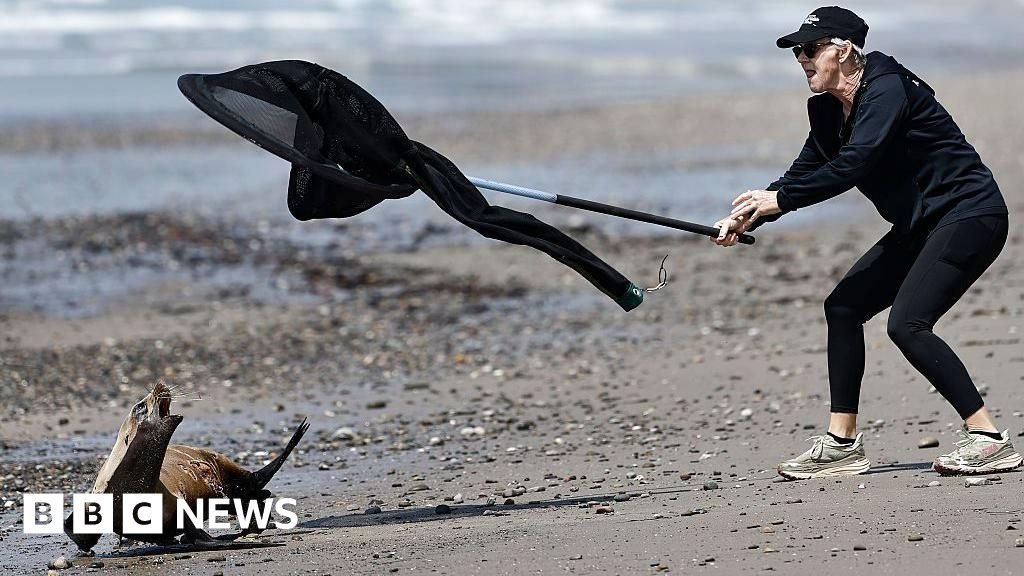Lead Weather Presenter
 BBC Weather Watchers / Bettys Hot Spot
BBC Weather Watchers / Bettys Hot SpotThe UK is expected to have its hottest day of the year so far on Friday as temperatures could reach 23C (73F) in some areas.
The warmest weather is expected to be in the west of London out towards Oxfordshire and the south Midlands, and could be hotter than Marbella and Ibiza in Spain.
Cardiff in Wales could see the mercury rise to 21C, while Scotland and Northern Ireland are set to be cooler – around 10C in Edinburgh and 15C in Belfast.
Temperatures are forecast to fall this weekend as cooler air moves down from the north. England’s south coast will be warmest on Saturday with an expected high of 21C, while Sunday will peak nearer 17C.
The highest temperature recorded so far this year was 21.3C in Northolt, west London, and Chertsey, Surrey, on 20 March – but that figure is expected to be beaten on Friday.
Last month was the sunniest March in England since records began in 1910, according to the Met Office. It was also very dry, with the UK’s rainfall total just 43% of the usual amount.
Whereas, the highest April temperature ever recorded in the UK was 29.4C on 16 April 1949.
 Getty Images
Getty ImagesFriday will be warm across most of the country. Temperatures will be lower near North Sea coasts, where the wind is blowing from the sea and temperatures are around 13C.
Wild temperature swings are not unusual at this time of year.
Parts of southern England already hit highs of 20.7C on Thursday and 20.1C in the Scottish Highlands.
Scotland had its warmest day of the year on Thursday but temperatures both there and in Northern Ireland will be a little lower on Friday.
 PA Media
PA Media BBC Weather Watchers / Pia
BBC Weather Watchers / Pia PA Media
PA MediaTemperatures are forecast to fall at the weekend as cooler air moves down from the north.
The south coast of England will be warmest on Saturday, reaching 21C, while the highest temperature in the UK on Sunday will be nearer 17C – still well above the seasonal norm.
Heading into next week, the risk of overnight frost will return for the beginning of the week but it is expected to warm up again, with temperatures forecast to be back up to 21C in Scotland.
Throughout this time it is still looking dry, and those conditions are ideal for wildfires starting and spreading.
Scottish Fire and Rescue Service (SFRS) said on Wednesday that there was a “very high to extreme risk” of fires spreading while Cumbria Fire and Rescue service urged the public to act responsibly to cut the risk of wildfires.
The fire service has tackled blazes this week near Bonhill in West Dunbartonshire and in the Kilpatrick Hills near Milngavie, East Dunbartonshire.
Elsewhere, more than 126 acres (51 hectares) were left charred after a fire at Upton Heath in Poole shortly before midnight on Wednesday, and a second fire broke out at nearby Canford Heath on Thursday morning.
Dorset & Wiltshire Fire and Rescue Service said the fires were both “down to human intervention”.
In England there were 185.8 hours of sunshine in March, according to the Met Office, the country recorded its sixth driest March and Wales its fourth driest since records began in 1836.




